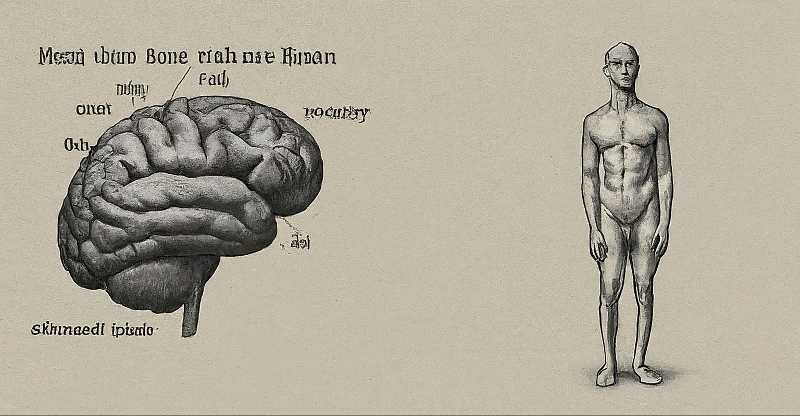A new study published in Nature Ecology and Evolution has unchallenged long-held beliefs about brain size evolution. The research, conducted by teams from the University of Reading and Durham University, shows that the largest animals don’t have proportionally bigger brains – with humans being a notable exception.
The study analyzed brain and body sizes from about 1,500 species, addressing centuries of debate on brain size evolution. While larger brains relative to body size are associated with higher intelligence, social behavior, and complex actions, the new findings suggest this relationship isn’t as straightforward as previously thought.
Curved Relationship Between Brain and Body Size
Professor Chris Venditti, lead author from the University of Reading, explains: “For more than a century, scientists have assumed that this relationship was linear – meaning that brain size gets proportionally bigger, the larger an animal is. We now know this is not true. The relationship between brain and body size is a curve, essentially meaning very large animals have smaller brains than expected.”
This discovery challenges the long-standing belief that brain size increases proportionally with body size across all species. The curved relationship indicates that beyond a certain point, brain size doesn’t keep pace with body size growth.
Professor Rob Barton from Durham University adds: “Our results help resolve the puzzling complexity in the brain-body mass relationship. Our model has a simplicity that means previously elaborate explanations are no longer necessary – relative brain size can be studied using a single underlying model.”
Humans and Other Evolutionary Outliers
The research identified several species that break the typical brain-body size pattern. Humans stand out as a prime example, having evolved brain size more than 20 times faster than other mammals, resulting in our uniquely large brains.
However, humans aren’t alone in bucking the trend. The study found that all mammal groups showed rapid changes in brain size over time, both increases and decreases. Bats, for instance, quickly reduced their brain size early in their evolution, possibly due to the demands of flight.
Primates, rodents, and carnivores showed the most significant rapid changes in brain size. These groups tend to increase their relative brain size over time, following the “Marsh-Lartet rule”. However, this trend isn’t universal across all mammals as previously thought.
Dr. Joanna Baker, co-author from the University of Reading, points out an intriguing finding: “Our results reveal a mystery. In the largest animals, there is something preventing brains from getting too big. Whether this is because big brains beyond a certain size are simply too costly to maintain remains to be seen. But as we also observe similar curvature in birds, the pattern seems to be a general phenomenon – what causes this ‘curious ceiling’ applies to animals with very different biology.”
This study provides new insights into the complex relationship between brain and body size across species, challenging our understanding of evolutionary trends and opening up new avenues for research into brain evolution and its limits.
If our reporting has informed or inspired you, please consider making a donation. Every contribution, no matter the size, empowers us to continue delivering accurate, engaging, and trustworthy science and medical news. Independent journalism requires time, effort, and resources—your support ensures we can keep uncovering the stories that matter most to you.
Join us in making knowledge accessible and impactful. Thank you for standing with us!

